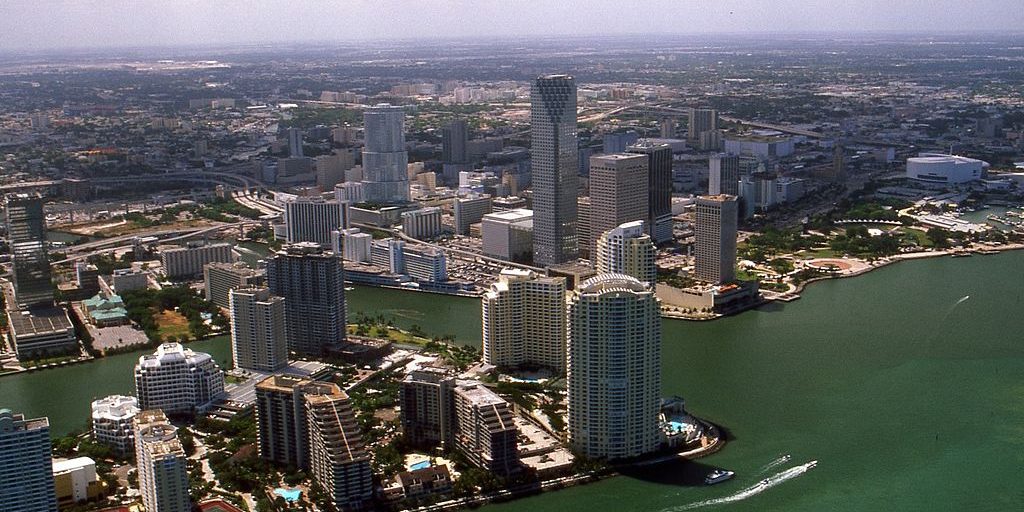Facing a changing climate, Florida’s Miami-Date County launches extreme heat action plan
Facing a changing climate, Miami-Dade County in Florida is the latest county government to launch an Extreme Heat Action Plan —an initiative that’s designed to address challenges through education, improved cooling options and infrastructure upgrades.
“While Miami-Dade County is known internationally for its vulnerability to hurricanes and flooding, extreme heat causes more death and has a greater annual economic impact than any other climate or weather-related disaster,” a statement about the initiative reads. “Each year, this silent killer kills approximately 34 people in Miami-Dade County. It also creates economic losses estimated at $10 billion annually, due in chief to lost worker productivity.”
Today, the county averages 51 more days each year with temperatures more than 90 degrees Fahrenheit than it did 50 years ago.
To that end, the plan outlines a number of goals. First, it’s intended to educate people and health care providers through outreach, and to improve heat warning systems and emergency protocols. Second, it was designed to make more accessible efficient cooling options for homeowners. Expanding tree canopy and adding more water features is the third step outlined in the plan, with a goal of cooling neighborhoods by shading hot surfaces and removing heat from the environment.
In action, the plan calls for equitability, safety, pollution reduction, flexibility and alignment with nature as key guiding principles.
In conjunction with the plan, the county is retrofitting “virtually all public housing units” with modern and efficient air conditioning. It’s also expanding the region’s canopy cover from its current percentage of 20% to 30% by 2030.
“Our goals with this plan are to collectively inform and protect people, make it easier for our residents to cool their homes affordably and to cool our neighborhoods, especially with trees where we need them most. Now is the time to put ambition into action,” said Jane Gilbert, the county’s chief heat officer.
The county will also develop and implement “a network of resilience hubs” with funding from Rebuild Florida and the Arsht-Rock Resilience Center, and in partnership with Resilient305. The network is described in the plan as an “interconnected system of community-serving facilities designed to support residents, educate the public, distribute resources, coordinate communications, and state government services.”
The heat action plan, which was launched by the county, Resilient305 partnership and The Miami Foundation this month, was developed with input from a 15-member task force and “more than 300 experts, stakeholders, and residents through a series of public workshops and interviews,” the statement says.
“The Extreme Heat Action Plan is a roadmap for protecting our residents, visitors, and economy,” said Miami-Dade County Mayor Daniella Levine Cava. “Our work to fight extreme heat began with the appointment of the world’s first chief heat officer, which has now been replicated in municipalities around the globe. We can—and will—protect people from the risks of extreme heat with solutions that also create economic and environmental benefits for our community.”
For more information and view the full action plan, visit Miami-Dade County’s website.




















